Friday, June 29, 2018 / 16 Tammuz 5778
Last Sunday, congregant Julie Welch sent me the following email:
“I was in a Kabbalat Shabbat service a few weeks ago where the feeling of kavanah was very strong. It made me think of being transported by prayer. My next thought was “where would these prayers take me?” I thought about it some more on the way home and here are some of my answers.” We’ll get back to Julie’s answers in a few moments.
As a reminder, the Hebrew term kavanah refers to our focus, or where our thoughts are directed when we are engaged in an activity. Normally, it refers to our mindfulness during prayer. In our halakhic literature, the term is also employed for the state of mind we bring to bear on certain other religious actions. In certain cases, if we aren’t sufficiently present, our action isn’t an action.
I tend to use the word kavanah sparingly, because, well, it has been used so often in the modern period that it can veer towards cliche. Kavanah, our very Jewish word for mindfulness, can ironically end up becoming a mindless term. It’s too valuable a concept for us to lose.
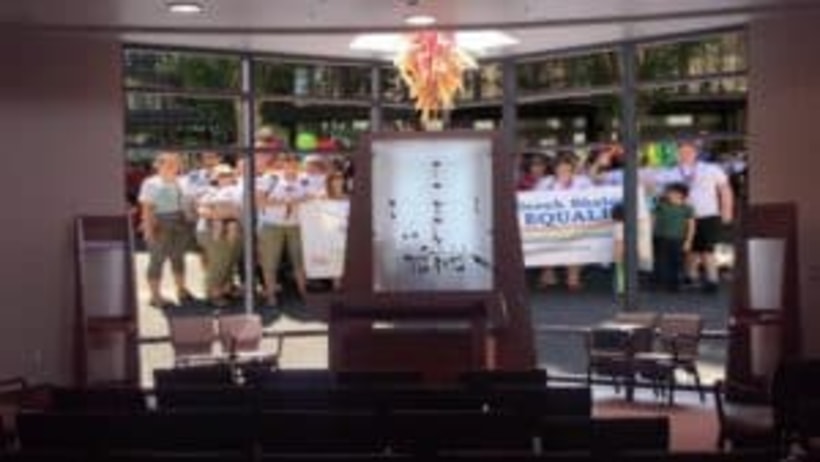
Now back to Julie’s answers, which to me really highlight a deep and rich use of kavanah. As you can see from each of the attached photographs, she has movingly layered some of the concerns of prayer and our intentionality onto the Stampfer chapel.
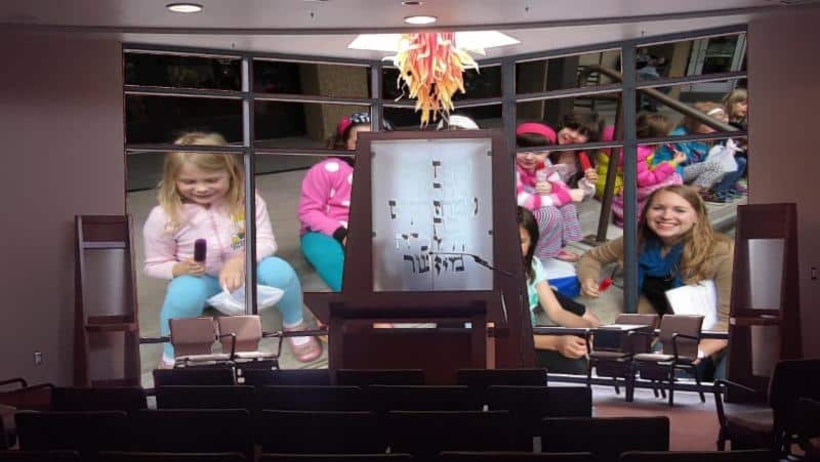
I love these images–of our community marching during Pride Parade, or of children enjoying a popsicle on the upper courtyard, or of Masada where our ancestors stayed true to our faith at the cost of their life; or of a cemetery. Each in its own way expresses something of Julie’s concerns, and of our communal values as well.
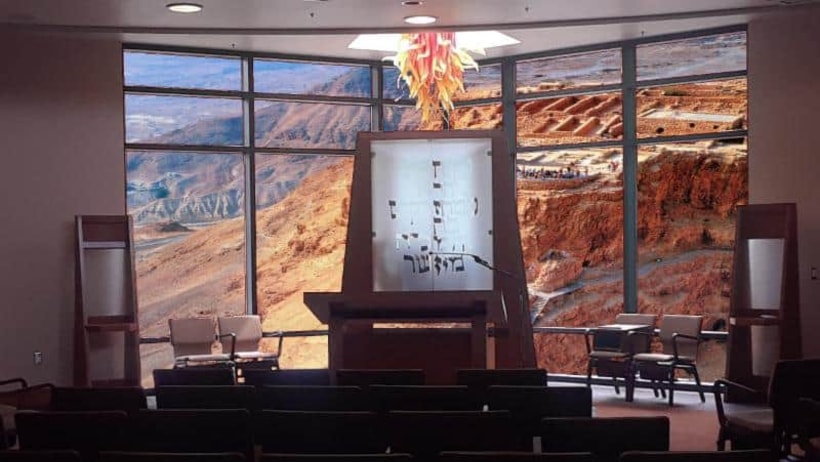
There’s something more here as well. Our holy space and our personal prayers aren’t supposed to be empty gestures or familiar but sometimes tired rituals. If we each are wise, we can imbue our prayers with images, hopes and even gratitude for who we already are and for what we fervently hope.
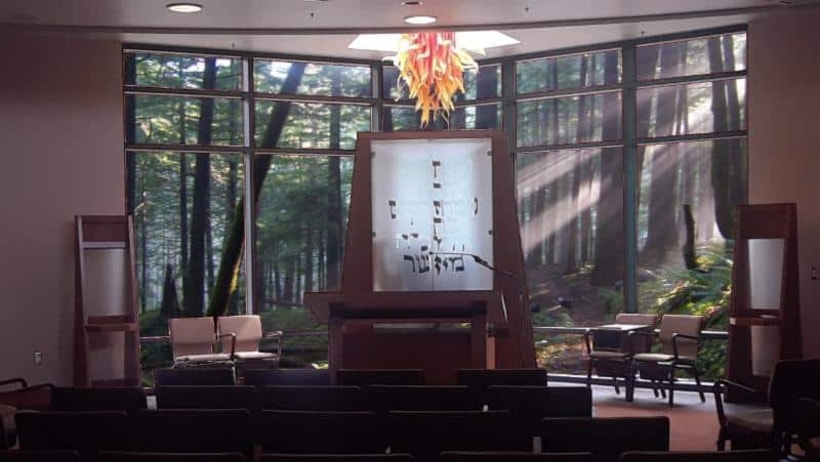
I trust that you will spend a few moments with each of these images. Let them linger on your mind and on your heart. Ask yourself if you’d like your prayers to go to the same space or somewhere different.
Prayer ultimately is always an act of imagination. We focus our emotions and our thoughts on some object of awareness and then offer it outward and upward. Some of us offer those outpourings to God, others direct it simply to the universe itself. You see, prayer doesn’t even require a belief in God, though it is often easier to engage in prayer if you do already believe.
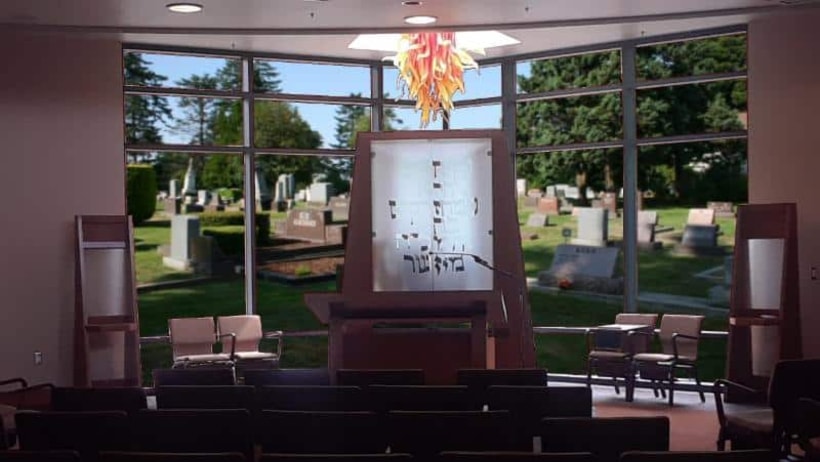
For example, we pray that our loved ones might be healed, or that our children should grow up in safety. We hope that our jobs continue to support us in all the ways they can, or that we might find the dignity of work. We pray for world peace, or a nation less plagued by anger. We pray for the power of memory to transform our loss.
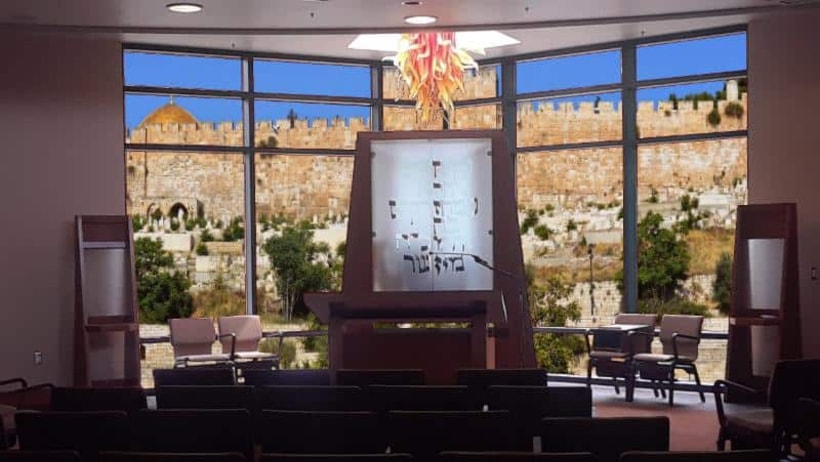
Whatever the object of our imaginative act of prayers is, deep prayer strikes a chord within. It touches our hearts or minds. Prayer is one of the windows of our soul. I thank Julie for making that startlingly clear to us.
Shabbat shalom,
Rav D
If you’d like to continue this discussion, follow this link to CNS’s Facebook page to share your own perspectives on the topics raised in this week’s Oasis Songs. Comments will be moderated as necessary.



